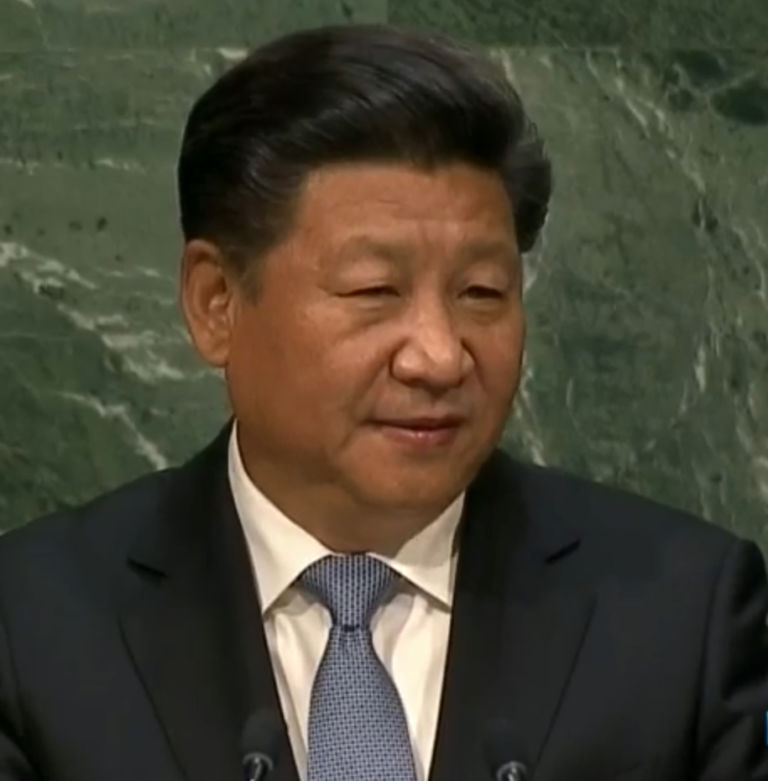Those who heard Jim Geraghty’s presentation earlier this week to the John Locke Foundation’s Shaftesbury Society might remember his reference to an inspector general’s report linked to American operations in Afghanistan. Geraghty offers more details from that report in a new National Review Online column.
The report identified major problems in the Afghan government’s ability to pay for basic services, the Afghan military’s ability to operate and maintain U.S.-provided equipment, efforts to control opium production and the drug trade, and any ability to utilize the country’s natural resources.
Sopko and his staff operate separately from the Pentagon and have authority to review and audit any Afghan reconstruction activity performed by the U.S. government — the Department of Defense, the U.S. State Department, and the U.S. Agency for International Development and its contractors.
The report begins with the eye-opening statistic that the U.S. has spent in Afghanistan a sum now comparable to the amount spent on the Marshall Plan to reconstruct 16 European countries after World War II. The $12.7 billion the U.S. spent on that project by 1951 would be about $116 billion in today’s dollars; Congress has appropriated more than $104 billion for the reconstruction of Afghanistan.
And it’s not over. “Despite the drawdown of U.S. and Coalition forces [from Afghanistan], our mission there is far from over,” Sopko declares in the report. “With almost $18 billion appropriated but not yet spent in the pipeline, and probably another $6 to $10 billion promised annually for years to come, Afghanistan reconstruction should still be relevant to every U.S. taxpayer and policy maker.”


